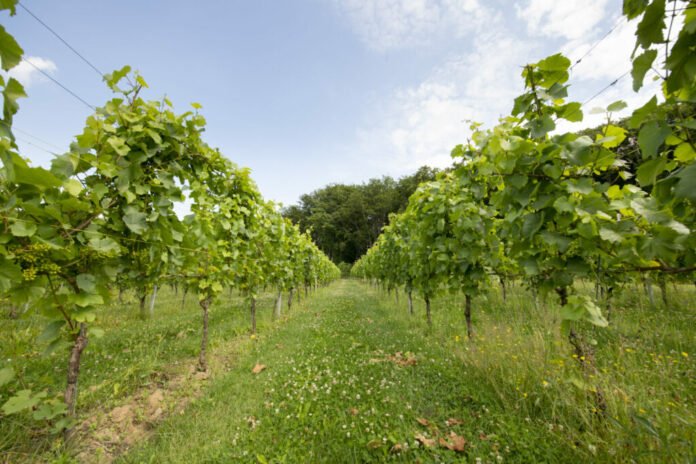
Bordeaux, France – Bordeaux winemakers have reported a 14% drop in production in 2024, with a total of 3.3 million hectolitres of wine produced, compared to 3.8 million in 2023.
This significant decrease is attributed to a combination of subsidised vine pull schemes and unfavorable weather conditions that have affected yields across the region.
According to figures from the customs administration, the lower production was largely driven by a reduction in vineyard area.
Over the past few years, two successive vine pull plans have led to a decrease in the cultivated area of Bordeaux vineyards from 103,000 hectares in 2023 to just 95,000 hectares in 2024.
This marks the smallest vineyard area since 1985 and is a stark contrast to the 125,000 hectares that were under cultivation in the early 2000s.
The vine pull plans, designed to address the issue of overproduction and improve the quality of wine in the region, have played a significant role in the reduction of production.
While they aim to reduce surplus wine stocks and ensure a more sustainable future for Bordeaux winegrowers, the immediate effects of these schemes have been felt in the form of a diminished harvest.
Adverse weather conditions have further compounded the challenges faced by Bordeaux wine producers. Late spring frosts, which damaged young vine growth, and mildew—caused by heavy rains—took a toll on yields.
Another factor contributing to the poor harvest was coulure, a disease that affects flower fertilisation, triggered by persistent rains in June. As a result, vineyard yields dropped from 37.2 hectolitres per hectare in 2023 to just 35.1 hectolitres in 2024.
While the decrease in production is disappointing for many winemakers in the region, the Bordeaux Wine Council (CIVB) remains optimistic that the smaller harvest will help to address the region’s ongoing problem of overproduction.
By reducing the overall volume of wine produced, the CIVB hopes to alleviate pressure on wine cellars that have been filled with excess stock in recent years.
Additionally, the reduced supply is expected to help boost bulk wine prices, which have been under downward pressure due to the surplus of wine.
The CIVB’s strategy of managing production and addressing overproduction has been met with mixed reactions.
Some producers view the vine pull schemes as a necessary step to safeguard the long-term viability of Bordeaux’s wine industry, while others argue that the reduced harvest may lead to short-term financial difficulties.
Despite the challenges, there remains hope that the reduced harvest will result in higher quality wines, as fewer grapes will be harvested, allowing producers to focus on maintaining the quality of the remaining crop.
However, the impact of the reduced vineyard area and lower yields on the region’s overall output remains a key concern for many in the industry.
As the Bordeaux wine industry continues to navigate these challenges, the coming months will be crucial in determining how the region rebounds from the significant drop in production and whether the efforts to address overproduction prove successful in the long term.